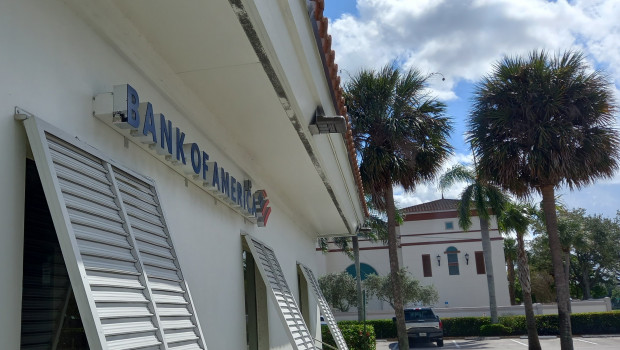Rates shock close to being priced-in, but negative growth shock just beginning, BoA says

The 'rates shock' that has sideswiped Wall Street is close to being priced-in but a negative 'growth shock' is only beginning, cautioned equity strategists at Bank of America.
Among other things, they noted that the odds of an intra-meeting interest rate hike by the Federal Reserve over the next three weeks was now at 25%.
That would mark the first such occasion since 6 October 1979, the strategy team led by Michael Hartnett said in a research note e-mailed to clients.
The initial inflation shock that had pushed year-on-year inflation in the US above that in Mexico, even if with far lower short-term interest rates, had resulted in a surge in two-year US Treasury note yields to 1.6%, putting them above their pre-Covid level, they explained.
An ensuing rates shock had coincided with the "massive" reversal of the quantitative easing or liquidity supernova that had seen deflation assets, including credit, private equity, or technology outperform the likes of commodities, Europe or banks.
Yet the iShares MSCI Emerging Markets ETF trading over $50 was a "tactical tell" that the 'rates shock' was now close to being priced in.
However, the US 2-10 year interest rate curve was now 46 basis points from inverting and was likely to do so in mid-2022, resulting in a so-called 'growth shock'.
Weakness in oil prices, housing (lumber), bank stocks, monopolistic stocks such as the so-called FAANMG and the US dollar on the other hand pointed to beginning of a negative growth shock.
BoA also noted how over the preceding 27 trading days the Fed had injected $200bn of liquidity into Wall Street, a sum that was greater than Netflix's market capitalisation.